The Ultimate Guide to Choosing the Right Ball Valves for Your Plumbing Projects
In the realm of plumbing, selecting the correct fittings is crucial for ensuring both efficiency and longevity in systems. Among these essential components, ball valves play a pivotal role, known for their reliability and ease of operation. According to a recent market research report by MarketsandMarkets, the global ball valves market is projected to reach USD 12.6 billion by 2025, driven by increasing demand for water supply, sewage treatment, and efficient oil and gas distribution. This growing market underscores the importance of understanding the various types and specifications of ball valves to suit specific plumbing projects effectively. Whether you're a seasoned plumber or a DIY enthusiast, grasping the nuances of ball valves not only enhances the quality of your work but also contributes to sustainable practices in fluid management. This guide will empower you with essential tips and insights needed to make informed decisions when choosing the right ball valves for your plumbing needs.
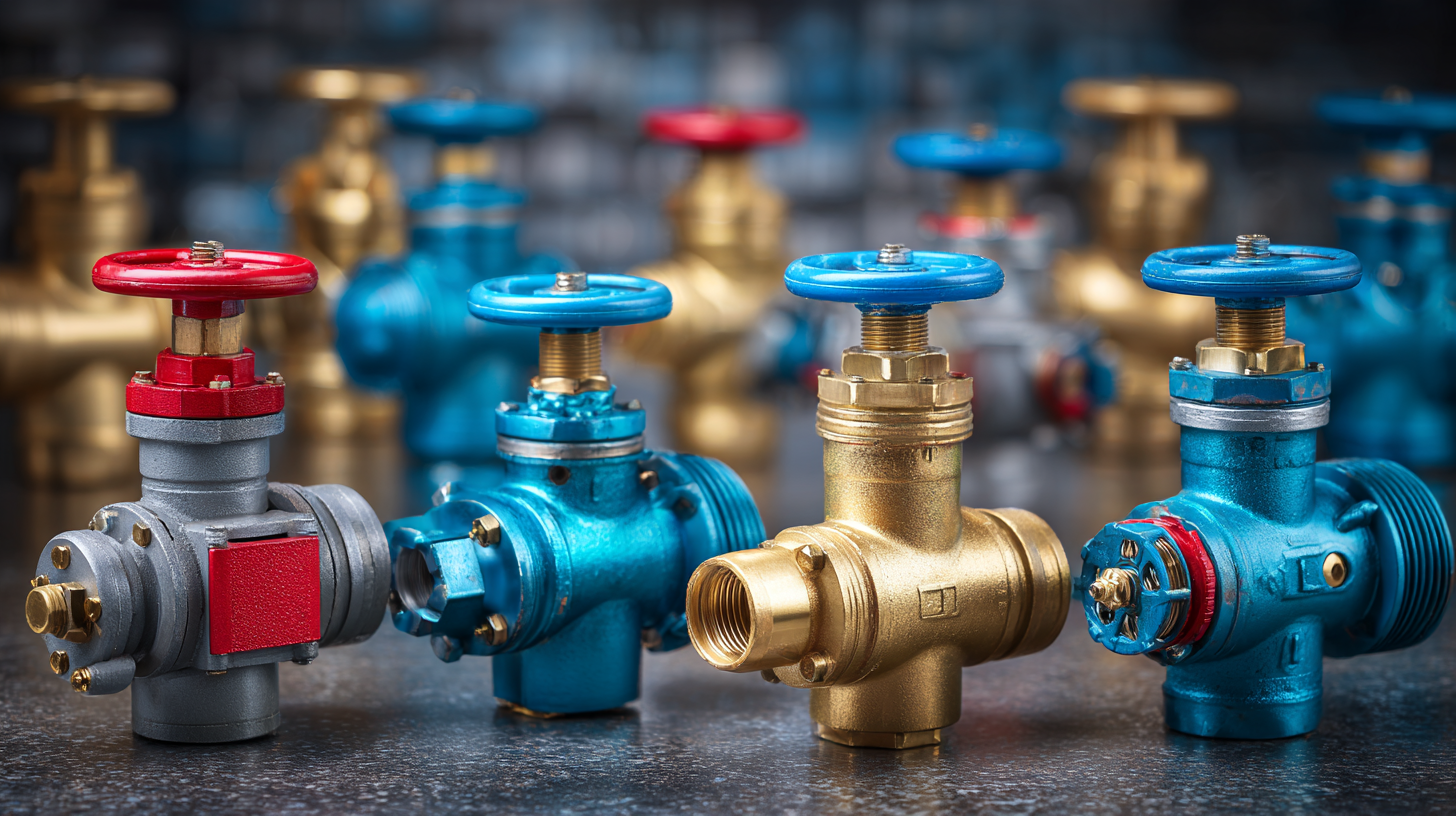
Understanding Ball Valve Types: A Comprehensive Overview for Plumbing Applications
When it comes to selecting the right ball valves for plumbing applications, understanding the various types available is crucial. Ball valves come in several designs, including full-port, reduced-port, and trunnion-mounted valves. Full-port valves allow the maximum flow and are ideal for applications where minimal pressure drop is required. On the other hand, reduced-port valves are more compact and can be a cost-effective choice for systems where space is limited, albeit with a slightly reduced flow efficiency.
Additionally, it is essential to consider the materials used in ball valve construction. Common materials include brass, stainless steel, and plastic, each offering unique advantages depending on the application. Brass valves are generally more durable and resistant to corrosion, making them suitable for water and gas lines. Stainless steel valves provide superior strength and can withstand higher temperatures and pressures, often recommended for industrial applications. Lastly, plastic valves, while not as robust, can be an excellent choice for corrosive fluids or lower-pressure systems. Understanding these types and materials ensures that you choose the best ball valve for your plumbing project, maximizing performance and longevity.
The Ultimate Guide to Choosing the Right Ball Valves for Your Plumbing Projects
| Ball Valve Type | Material | Size (Inches) | Pressure Rating (PSI) | Temperature Rating (°F) | Applications |
|---|---|---|---|---|---|
| Full Port | Brass | 1/2 - 6 | 600 | -20 to 200 | Water, Gas |
| Reduced Port | Stainless Steel | 1/2 - 4 | 300 | -20 to 150 | Industrial Applications |
| Three-Way | PVC | 1 - 3 | 150 | -20 to 140 | Waste Water, Pool Systems |
| Electric | Stainless Steel | 1 - 6 | 150 | -20 to 200 | Automated Systems |
Assessing Material Compatibility: Choosing Ball Valves for Various Fluids
When selecting ball valves for plumbing projects, assessing material compatibility with various fluids is essential. Different fluids can react differently with valve materials, potentially leading to failure or contamination. For instance, in wastewater treatment applications, where chemicals play a crucial role, it’s imperative to choose valve materials that can withstand harsh substances and prevent corrosion. Options like stainless steel or specially coated valves often provide the durability required for such environments.
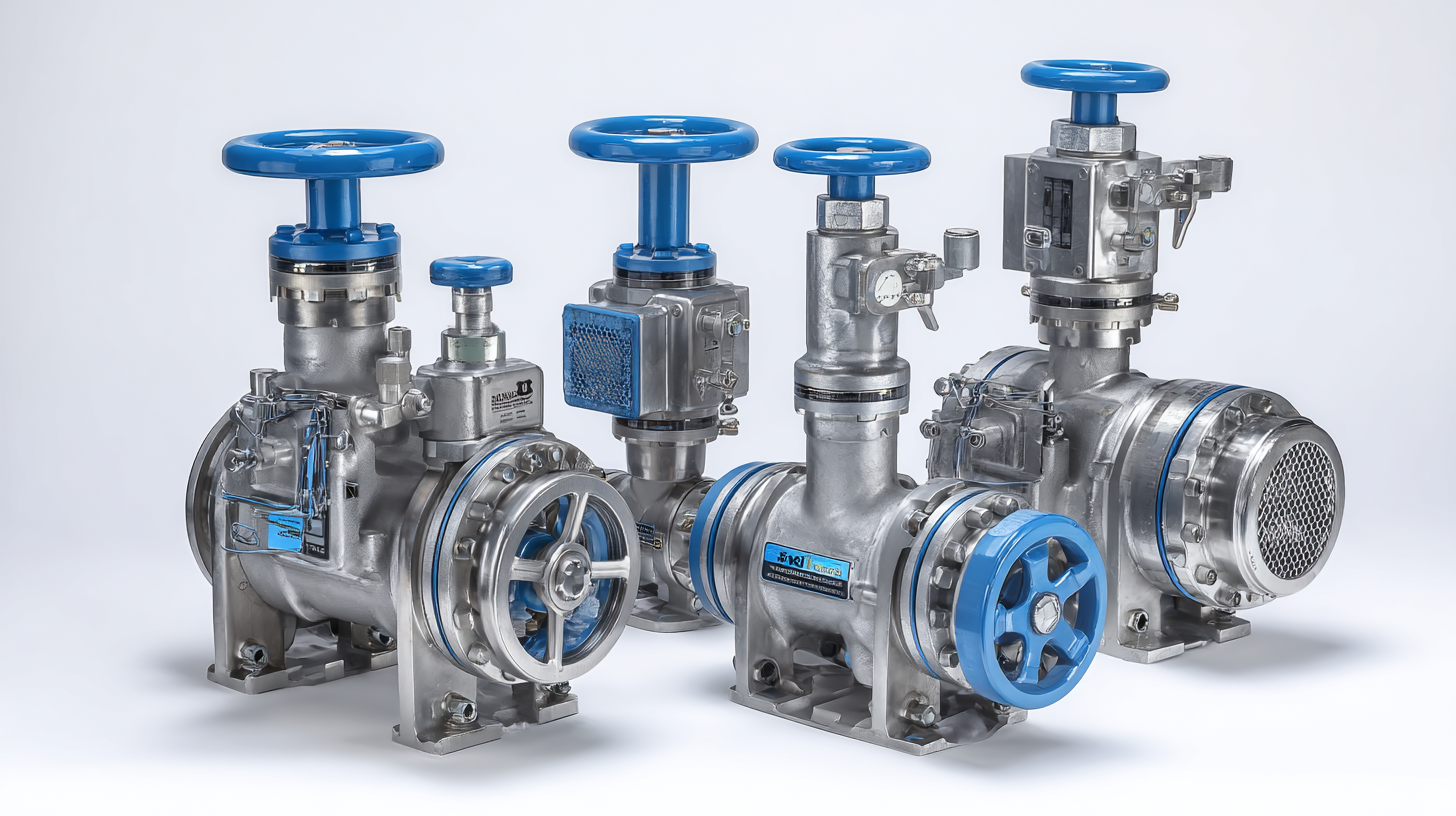 Furthermore, as industries leverage advanced technologies for fluid management, understanding the specific requirements of the fluids being transported becomes even more critical. For example, silicone-based materials are increasingly utilized in various applications due to their excellent mechanical properties and resistance to chemicals. Therefore, when selecting a ball valve, consider not only the fluid's chemical nature but also the temperature and pressure conditions, ensuring the selected valve will maintain integrity and performance throughout its operational lifespan.
Furthermore, as industries leverage advanced technologies for fluid management, understanding the specific requirements of the fluids being transported becomes even more critical. For example, silicone-based materials are increasingly utilized in various applications due to their excellent mechanical properties and resistance to chemicals. Therefore, when selecting a ball valve, consider not only the fluid's chemical nature but also the temperature and pressure conditions, ensuring the selected valve will maintain integrity and performance throughout its operational lifespan.
Sizing Your Ball Valves: Key Calculations for Optimal Flow Rates
When it comes to plumbing projects, selecting the right ball valve involves not only material and type choices but also precise sizing to ensure optimal flow rates. The sizing of ball valves is crucial, as improper sizing can lead to issues like flow restriction or cavitation. To determine the appropriate valve size, key calculations should be performed, taking into account factors such as the flow rate, pressure drop, and the specific gravity of the fluid involved. Industry standards suggest maintaining a velocity of around 3-5 feet per second in pipes to prevent erosion and ensure efficiency.
Recent advancements in control valve sizing methods have introduced simplified approaches that utilize non-iterative calculations, particularly valuable for liquid, turbulent flows. For instance, an Excel spreadsheet tool can help streamline the sizing process for liquid control valves, allowing plumbing professionals to input necessary variables and receive recommendations on valve dimensions. According to a recent study by the American Society of Plumbing Engineers, proper sizing can improve system performance by over 15% and reduce energy costs, underscoring the importance of accurate calculations in plumbing design. This focus on precision and ease of use in sizing will enhance overall project outcomes and ensure long-term reliability of plumbing systems.
The Ultimate Guide to Choosing the Right Ball Valves for Your Plumbing Projects
Evaluating Pressure Ratings and Standards: Ensuring Safety and Compliance
When selecting the right ball valves for plumbing projects, understanding pressure ratings and compliance with industry standards is paramount for ensuring safety and reliability. According to the American Society of Mechanical Engineers (ASME), ball valves must meet specific pressure-temperature ratings which determine their suitability in high-pressure applications. For instance, a valve rated for 600 psi at 100°F might not perform adequately at elevated temperatures, highlighting the necessity for meticulous evaluation of pressure ratings based on the project requirements.
Moreover, compliance with safety regulations, such as those outlined in the Occupational Safety and Health Administration (OSHA) guidelines, underscores the importance of selecting valves that not only meet operational needs but also safeguard against potential hazards. Recent findings indicate that implementing proper safety measures in industrial settings can significantly reduce workplace incidents, with studies noting nearly a 20% decrease in accidents when safety standards are strictly adhered to. Thus, for plumbing projects, investing time in choosing the right ball valves with appropriate pressure ratings and adherence to safety norms is crucial for enhancing overall project quality and ensuring worker safety.
Installation Best Practices: Maximizing Efficiency and Longevity of Ball Valves
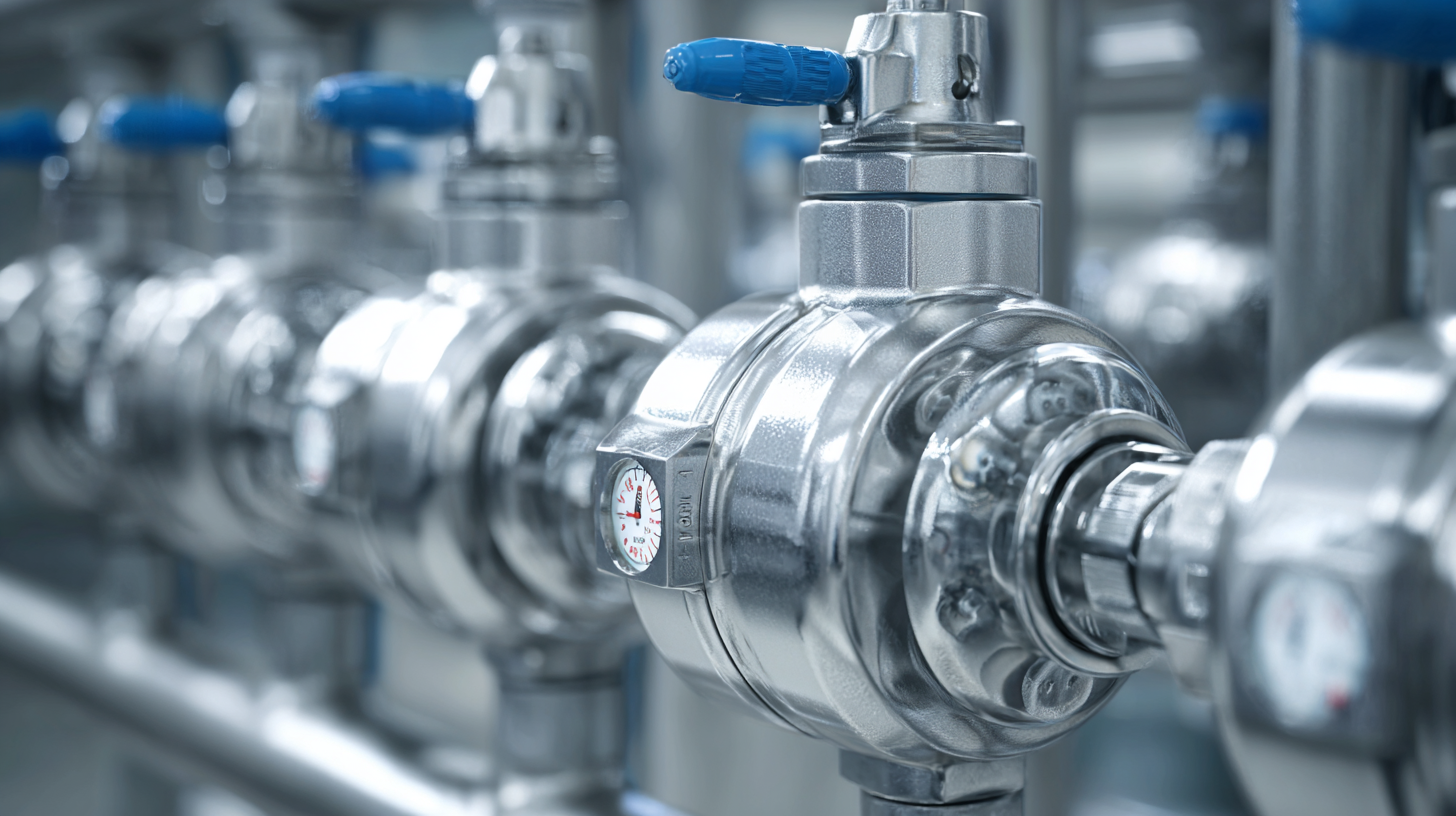 When it comes to ball valves, proper installation is crucial for ensuring their efficiency and longevity in plumbing projects. According to the American Society of Plumbing Engineers (ASPE), improper installation can lead to significant energy losses, with up to 30% of heating energy being wasted due to leaks and improper flow control. To maximize the lifespan of ball valves, it is essential to follow industry best practices during installation, such as ensuring all components are clean and free from debris before assembly, and using the correct torque specifications to avoid damaging the valve seat.
When it comes to ball valves, proper installation is crucial for ensuring their efficiency and longevity in plumbing projects. According to the American Society of Plumbing Engineers (ASPE), improper installation can lead to significant energy losses, with up to 30% of heating energy being wasted due to leaks and improper flow control. To maximize the lifespan of ball valves, it is essential to follow industry best practices during installation, such as ensuring all components are clean and free from debris before assembly, and using the correct torque specifications to avoid damaging the valve seat.
Moreover, using the right materials can dramatically enhance performance. A report from the International Plumbing Code indicates that opting for high-quality brass or stainless steel valves can ensure better resistance to corrosion and higher tolerance to extreme temperatures. It's advisable to install ball valves in locations where they can be easily accessed for maintenance, further extending their functionality. Proper training for installation personnel can significantly reduce the chances of errors during this critical phase, leading to a marked increase in system reliability and efficiency over time.
Related Posts
-

How to Choose the Right Ball Valves for Your Industrial Applications
-
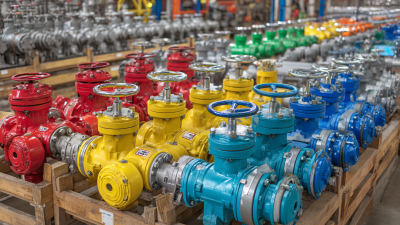
How to Choose the Right Ball Valve for Your Application
-
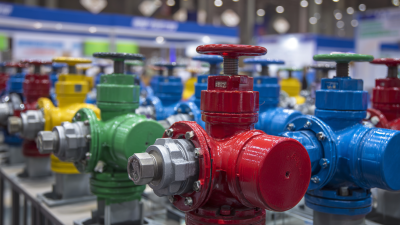
Exploring Ball Valves Industry Trends at the 138th Canton Fair 2025 in China
-
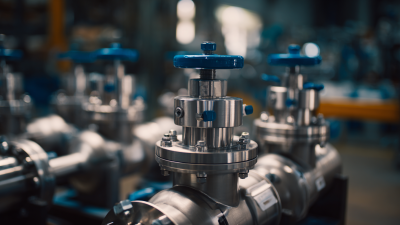
How to Choose the Right Diaphragm Valves for Your Industrial Applications
-
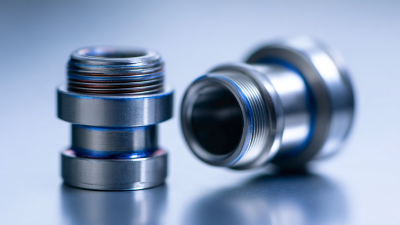
6 Tips to Choose the Right Sanitary Connectors for Optimal Hygiene Compliance
-

The Ultimate Guide to Choosing the Right Sanitary Fittings for Your Facility